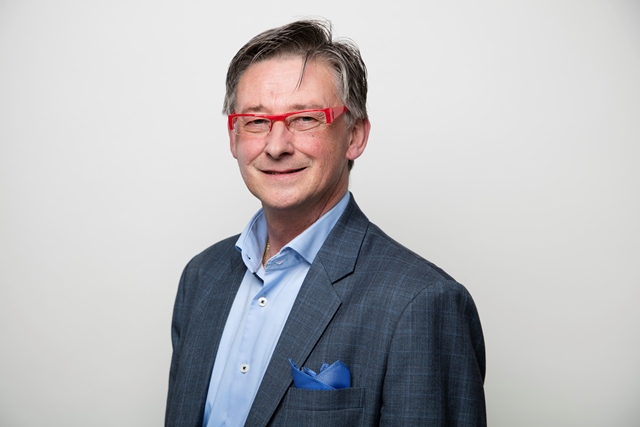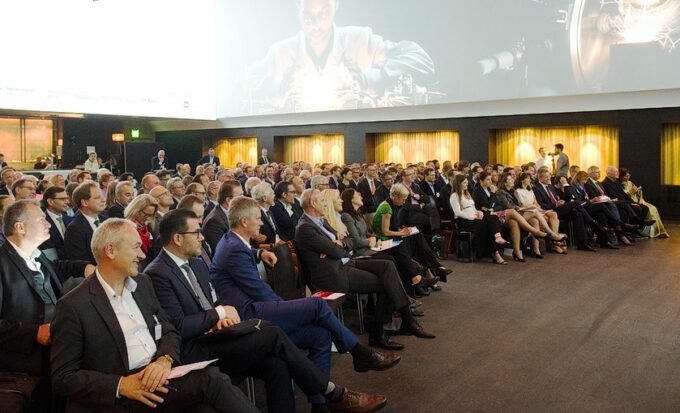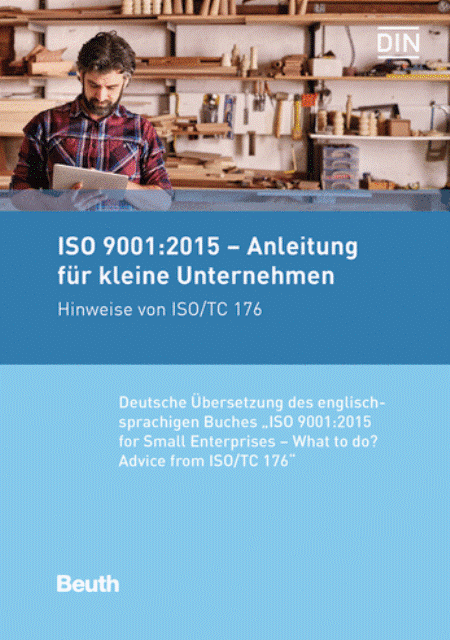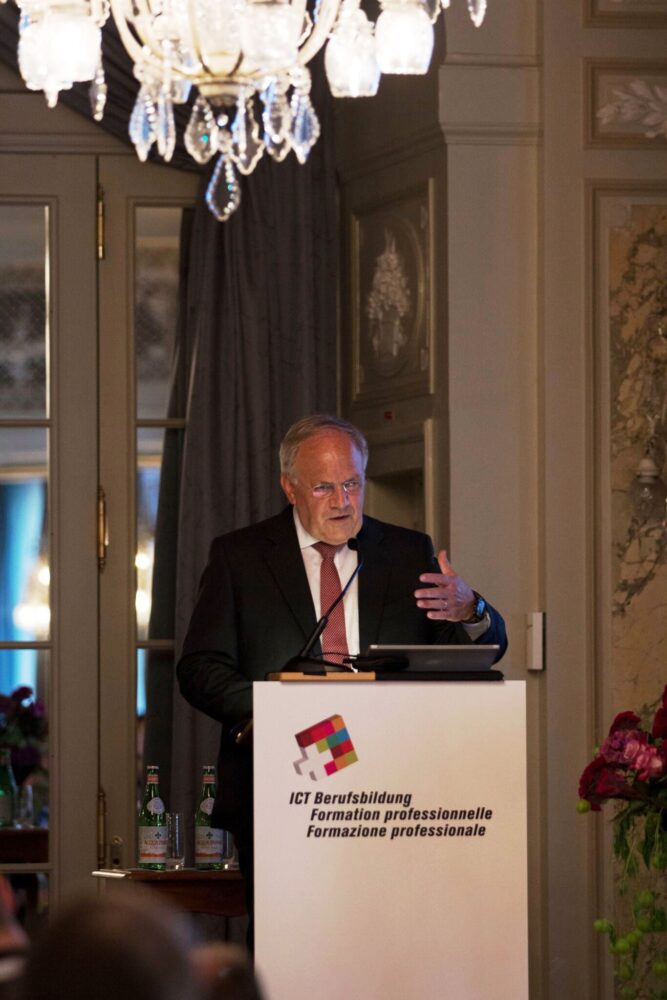The right manager at the right time, a checklist
Finding the right manager without rating him under 'good' or 'bad' is complex. The reason: The situations in which companies find themselves are different. Start-up, growth, restructuring - it depends on the phase which type of manager is required.

Under an overview called "The right manager at the right time", Kornferry recently published an interesting manager typology. Based on more than 4.4 million assessments of managers worldwide, the HR and organizational consultancy presents prototypical profiles of the successful manager in the respective development phase of the company.
"It is almost impossible today as a single individual and professional personality to lead a company in a qualitatively equivalent manner at all stages," says Mathias Kesting, Senior Client Partner at Korn Ferry Hay Group. "Rapid technological development and permanent change mean that we will see serial top leaders more and more often. If a company leaves a specific phase, it's also time for these managers to move on."
Important phases
In the auditing of more than 4.4 million managers worldwide, concrete correlations emerge as to what the most important competencies, personality and character traits as well as drivers and motivators are for specific company phases. Mathias Kesting says: "Probably the most important phases of a company are the foundation, the growth phase followed by a phase of stability, a period of innovation and, time and again, turnaround. We took a closer look at these in a study."
In the following, we will show which are the three most important competencies, personality traits and motivators of managers who can succeed in the respective phases of a company.
1) Foundation / Start-Up
"The start-up phases of companies are characterized by relative chaos and strong growth," says Mathias Kesting. That's why a successful manager in this phase needs the ability to make decisions even in uncertain situations and without a fixed framework. "Founders often succeed in developing innovations - and at the same time convincing others to do the same. In fixed structures, however, they often reach their limits."
Competencies: Creating innovation and innovation culture, showing perseverance, convincing people
Personality traits: self-confidence, curiosity, willingness to take risks
Drivers & Motivators: Independence, Challenge, Responsibility
2) Growth
"Whoever succeeds in leading a new company to growth does not necessarily have to be the right person to unlock growth potential for an already mature company," says Mathias Kesting. "This misconception occurs time and again. In reality, however, completely different competencies are required: In this phase, too, it is necessary to convince other people. But in an already grown, politically complex internal as well as external stakeholder network. Only those who are capable of addressing investors and supervisors, executives and employees, analysts, politics and society, and many other stakeholder groups and cultivating positive relationships with them will be able to implement more growth in a company that has already grown."
To do this, managers need a high level of cooperation and stamina while maintaining focus.
Competencies: Strong industry and market expertise, stakeholder management in complex organizations, communicating vision and goals.
Traits: achievement drive, cooperativeness, credibility, drivers & motivators: Challenge, Competition, Power & Influence
3) Stability
The focus in stability management is primarily on maintaining market share in a mature industry. The most important task is to secure the position. Mathias Kesting says: "Innovators and sellers don't deal well with such rigid scenarios. They will put all their eggs in the growth basket, even though the first priority is to secure the position. This is why companies should rely on managers who are experienced above all in optimizing existing structures and processes. They don't want to set off for new shores right away, but are driven by structure and stability."
Competencies: Acting responsibly, planning and aligning, optimizing work processes.
Traits: Focus, connectedness, cooperativeness
Drivers & Motivators: Structure, Stability, Collaboration
4) Innovation
A company in an innovation phase operates in a volatile market in which growth is no longer possible and all processes have already been optimized. That is why new products, services and sometimes completely new business models are needed in order to be able to return to a growth phase. "Mental agility is probably one of the most important characteristics of successful managers in innovation phases," says Mathias Kesting. "That means seeing opportunities where others haven't looked yet. Discovering connections that were previously not obvious. Thinking around corners in the truest sense of the word. But on the basis of what already exists, because we're not talking about a start-up here," says Mathias Kesting.
Competencies: Creating innovations, Courage, Strategic - methodical competences
Characteristics: Mental agility, self-confidence, willingness to take risks,
Drivers & Motivators: Challenges, design motivation, independence
5) Reorganisation/restructuring
Poor performance over a longer period of time causes a company to slip into the loss zone - or to be on the verge of doing so. There were no sparkling ideas for innovation, optimizations did not take hold, growth was no longer possible. "There are hardly any successful companies that have not experienced serious crises themselves," says Mathias Kesting. "What we're looking for are managers who don't lose their nerve so quickly and who manage to restructure the existing system in such a way that it becomes economically viable again. This sometimes includes very tough decisions such as discontinuing business areas or structurally laying off employees. At the same time, there is hardly a corporate phase in which things can be done more quickly and efficiently."
Competencies: Making difficult decisions, Strategic agility, Efficient use of resources.
Qualities: credibility and straightforwardness, agility in ambiguous environments, empathy
Drivers & Motivators: Design Motivation, Challenge, Rapidly Evolving Business Environment
More about the "KF4D survey" can be found at here








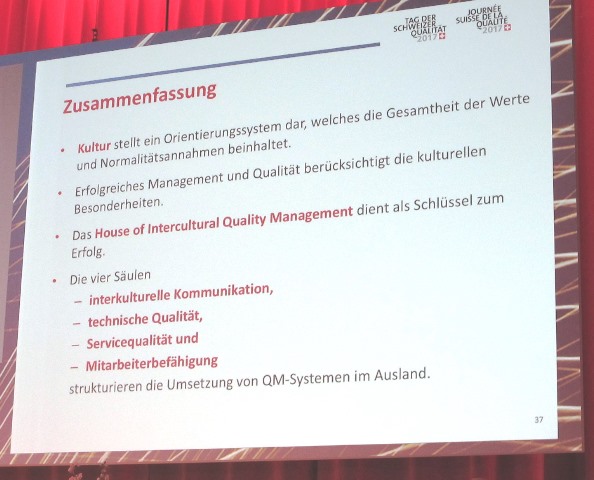
 Arthur Philipp has built up a company that has risen to become a market leader in a short space of time. (Image: zVg)
Arthur Philipp has built up a company that has risen to become a market leader in a short space of time. (Image: zVg)

